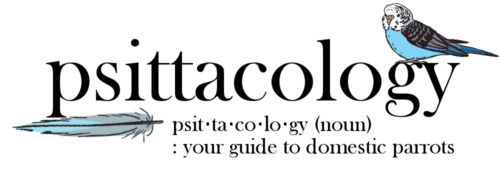Combining parrots and houseplants can be difficult. Our birds just love to chew everything, and a nice green plant is particularly attractive. Any plants you bring into your home therefore need to be 100% non-toxic!
What many Psittacology readers don’t know about me is that I used to run a large houseplant website. Having spent many years as an urban jungle guru, I’ve learned exactly which plants are and aren’t safe for our feathered pets.
So without further ado: here are 18 fully parrot-safe houseplants you can use to decorate your space without worry.
This post contains affiliate links. If you make a purchase, a small percentage will go directly to Psittacology at no additional cost to you. Thank you for supporting Psittacology!
18 parrot-safe houseplants for your urban jungle
Although many common houseplants are toxic to birds, luckily there are also loads that are safe. Below, I’ll discuss non-toxic genera and the most common species within them, all of which you’re likely to come across in your local plant store or garden center.
I’ll include a photo of each in case you stumble upon any unidentified houseplants and aren’t sure whether they’re safe for your feathered friend.
1. Sword ferns
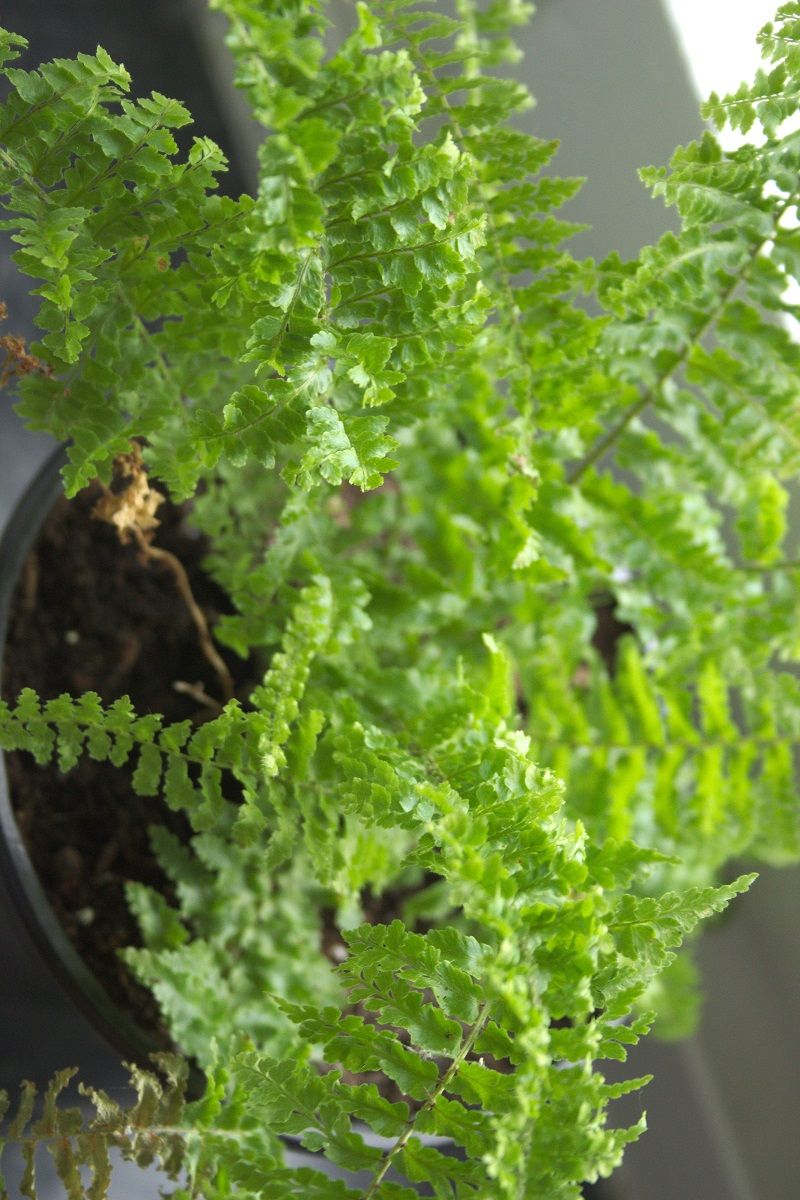
Genus name: Nephrolepis
Most common plants: Boston fern or sword fern (Nephrolepis exaltata)
Care: indirect light, keep lightly moist
2. Spider plants
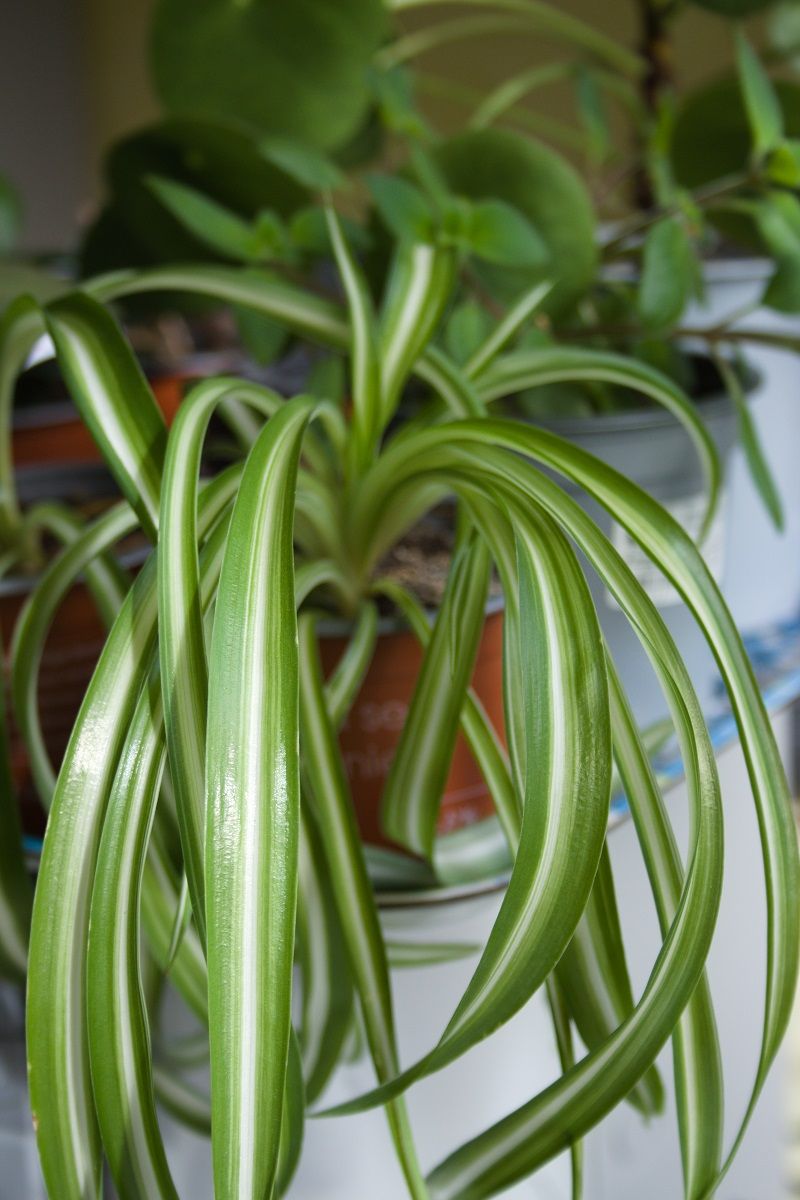
Genus name: Chlorophytum
Most common plants: Spider plant (Chlorophytum comosum, see photo)
Care: Easy! Indirect light, water when soil is half dry.
3. African violets
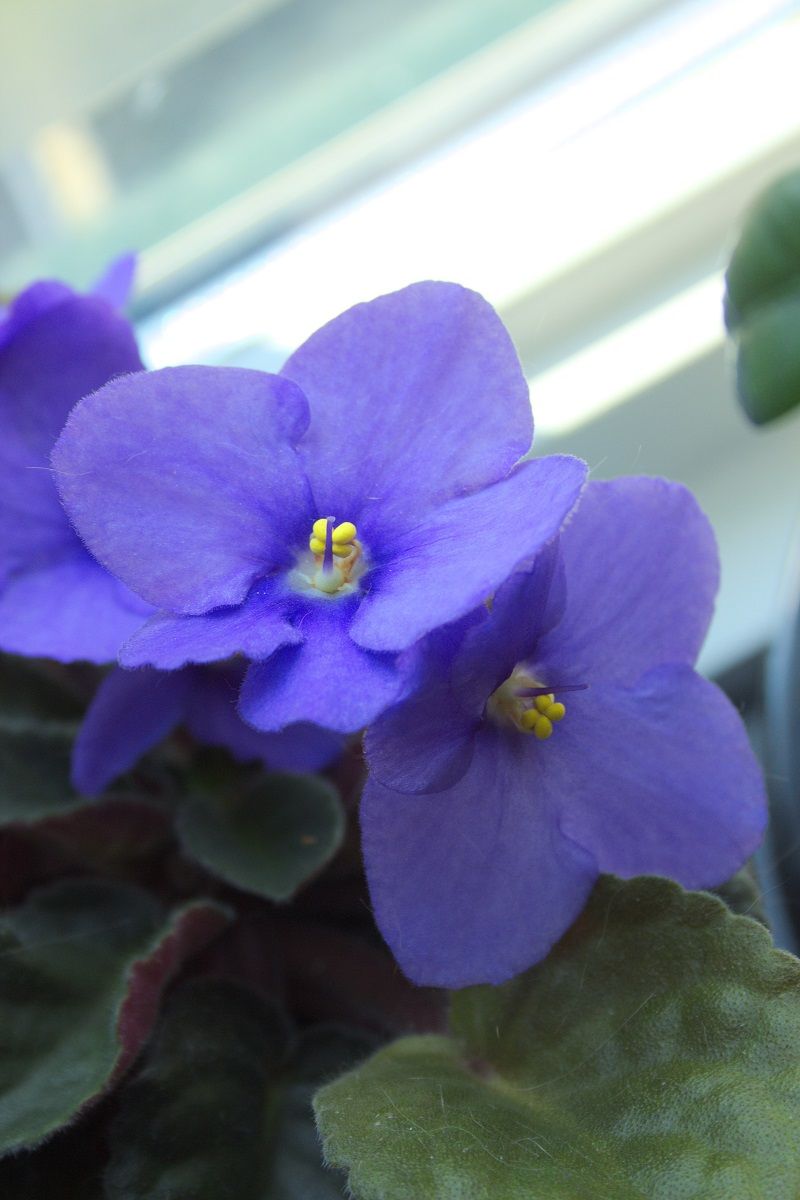
Genus name: Saintpaulia/Streptocarpus
Most common plants: African violet (Saintpaulia/Streptocarpus sp.)
Care: Indirect sunlight, keep the soil lightly moist.
4. Parlor & bamboo palms
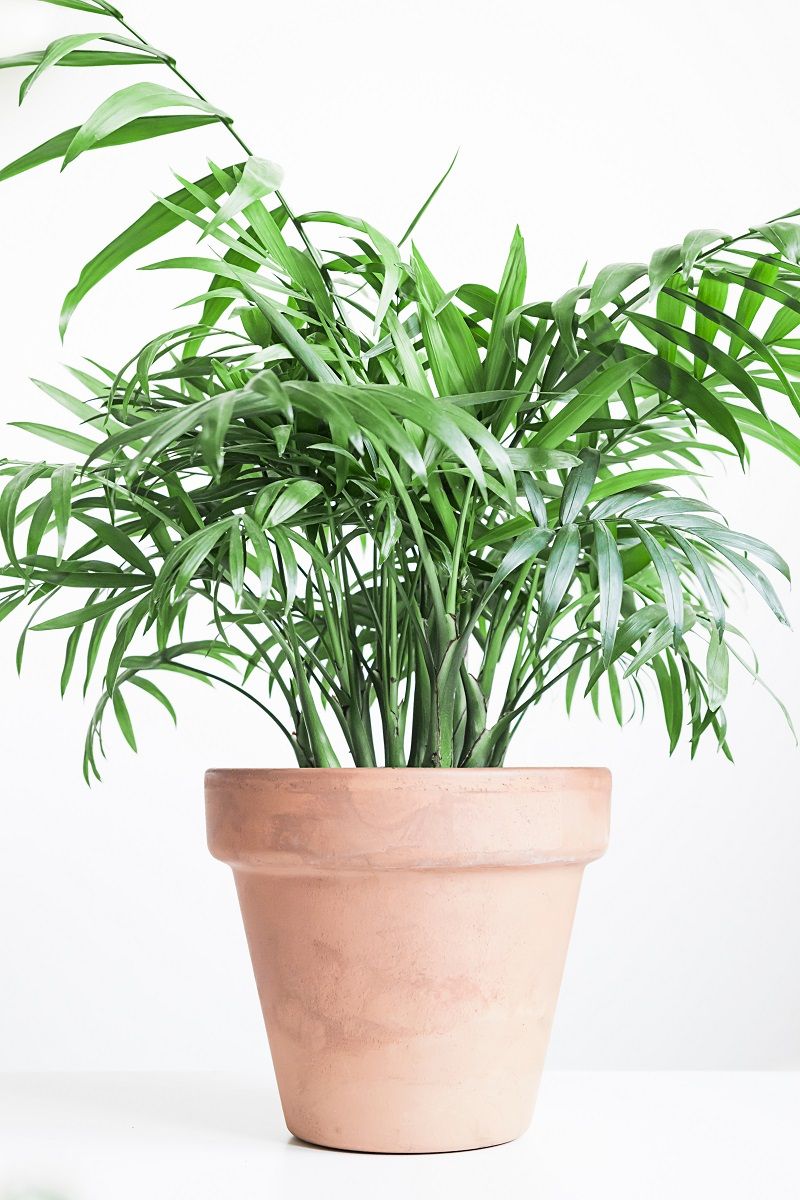
Genus name: Chamaedorea
Most common plants: Parlor palm (Chamaedorea elegans)
Care: Plenty of light, keep lightly moist.
5. Spleenworts
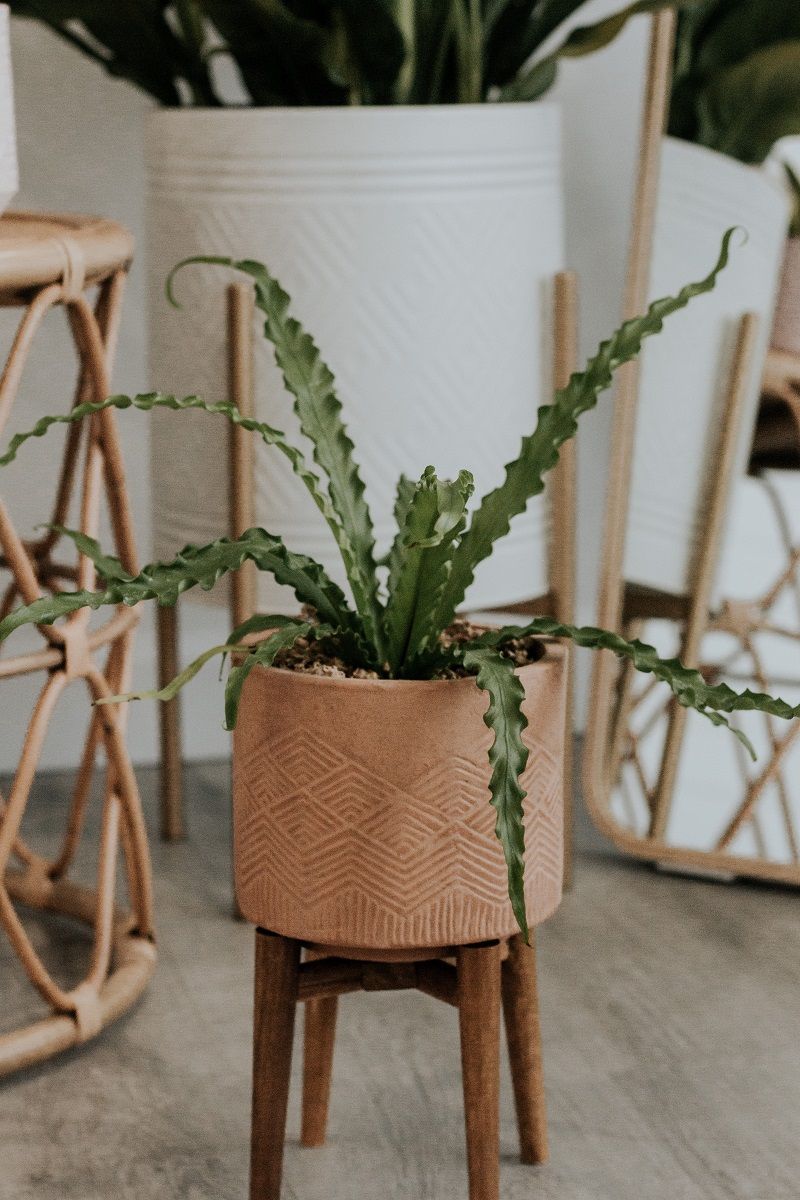
Genus name: Asplenium
Most common plants: Bird’s nest fern (Asplenium nidus)
Care: Indirect light, keep lightly moist.
6. Air plants
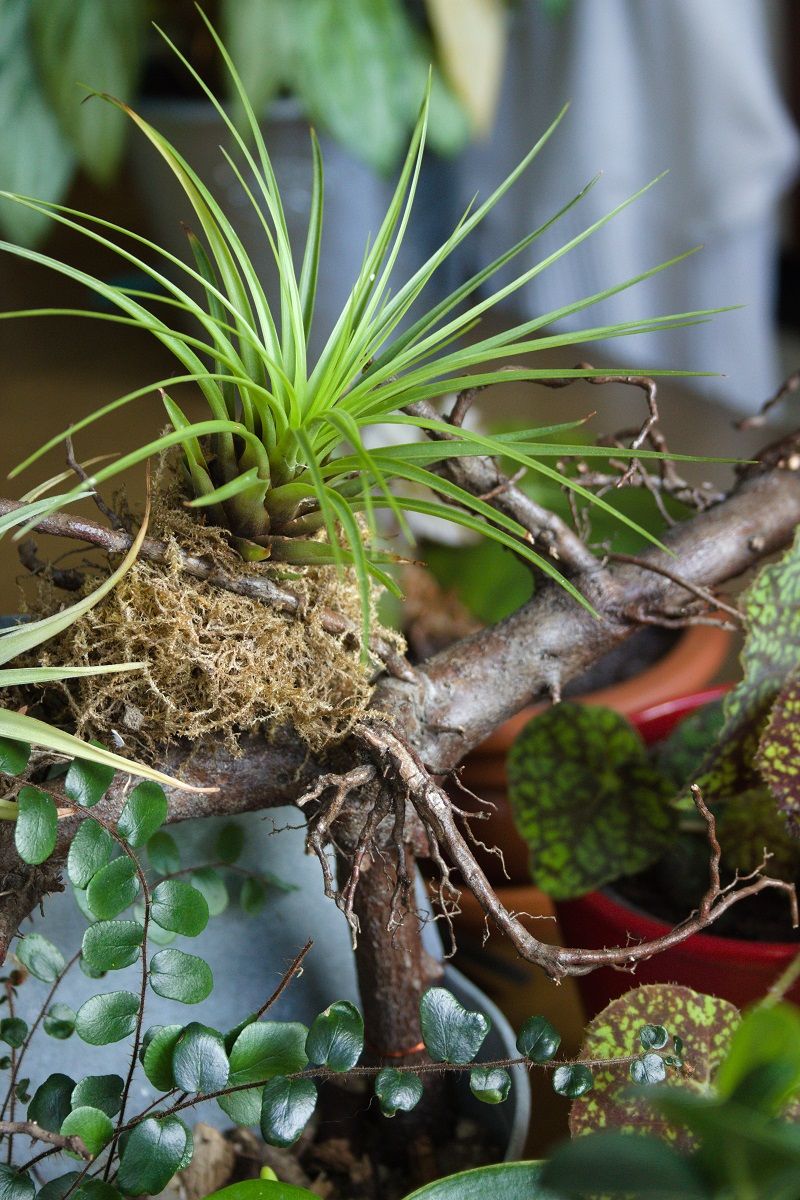
Genus name: Tillandsia
Most common plants: Tillandsia xerographica, Tillandsia ionantha
Care: Do not plant in soil. Plenty of sun, regular spraying and soaking.
Did you know? Tillandsias are members of the Bromeliad family, Bromeliaceae. They’re not the only non-toxic Bromeliads: most of them are safe and bloom beautifully! The pineapple plant, Ananas comosus, is a nice example.
7. Areca palms
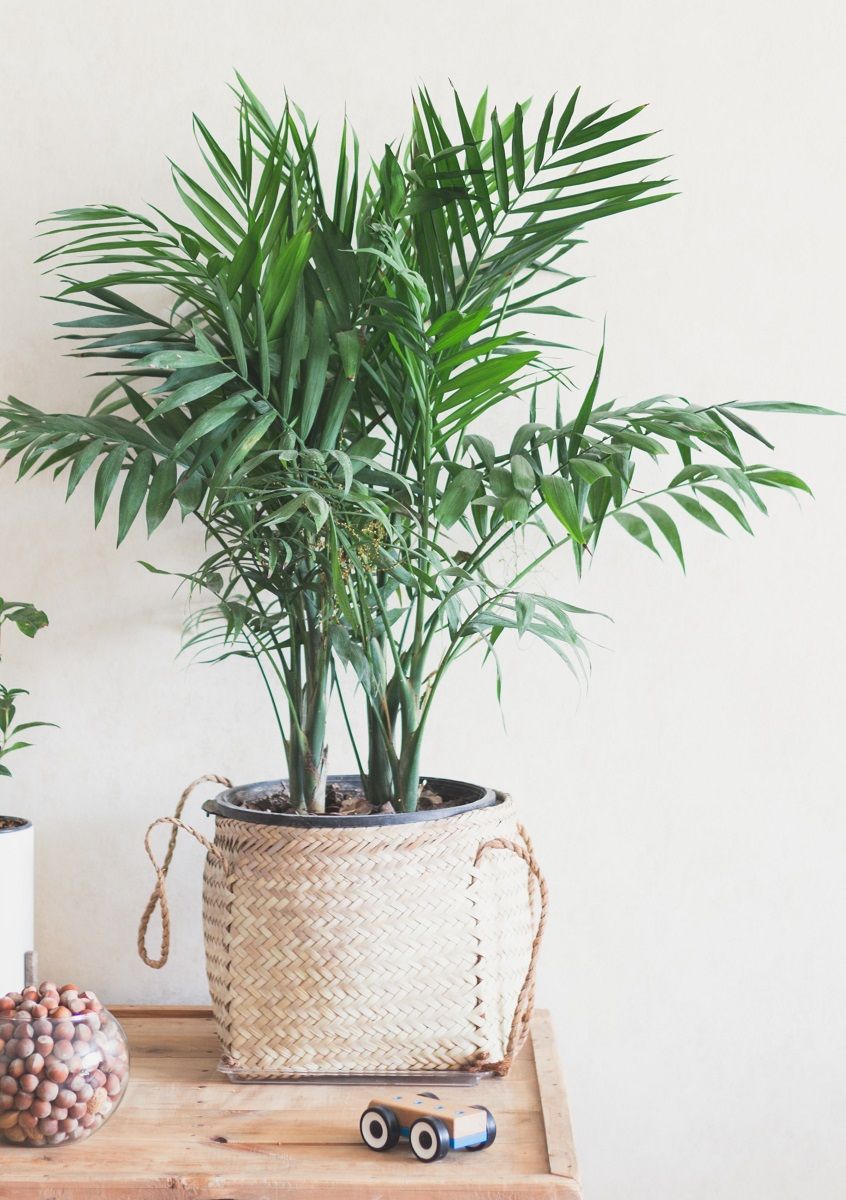
Genus name: Dypsis
Most common plants: Areca palm (Dypsis lutescens)
Care: Plenty of light and keep the soil lightly moist.
8. Prayer plants
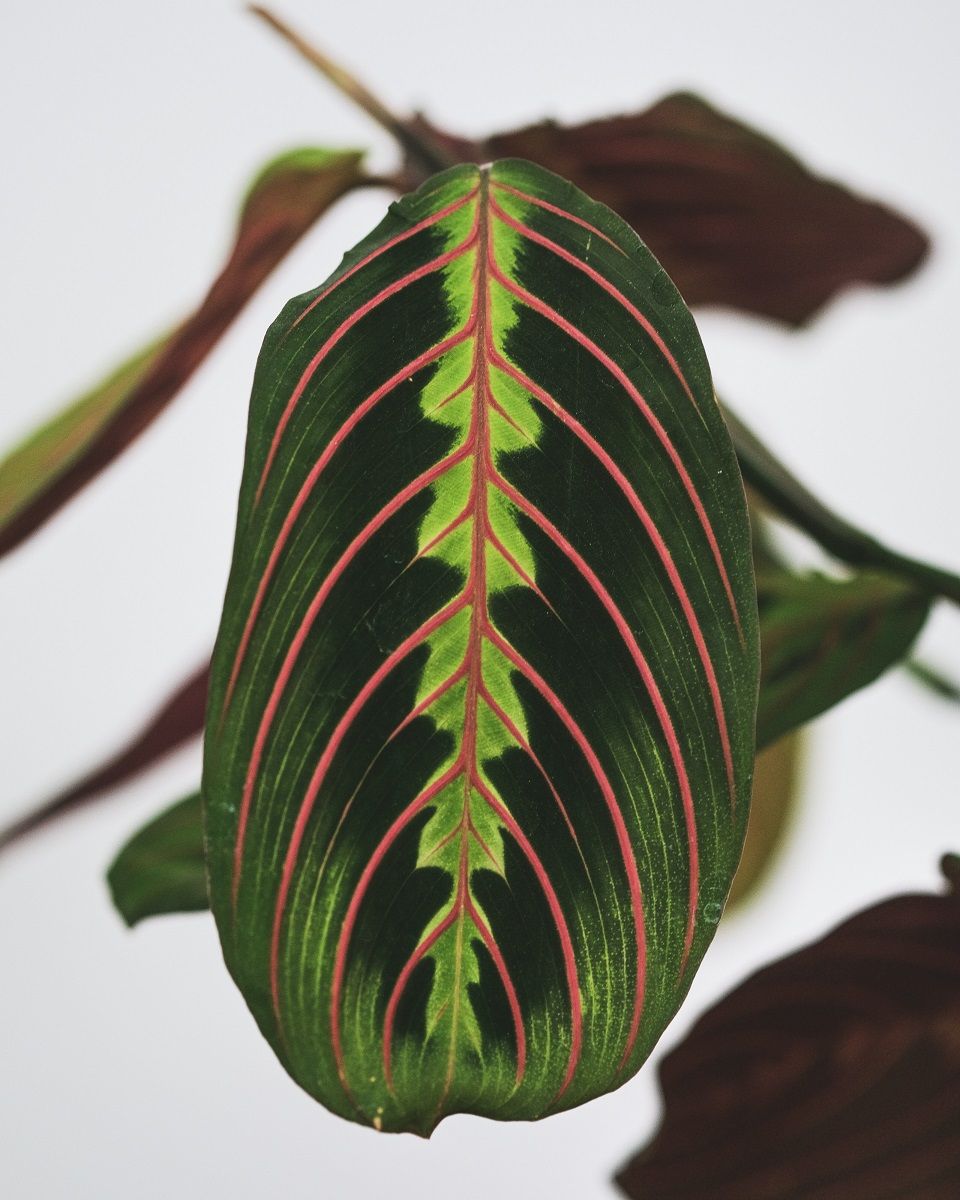
Genus name: Maranta
Most common plants: Prayer plant (Maranta leuconeura)
Care: A bit fussy. Keep lightly moist, place in indirect light.
9. “The other” prayer plants
(Yes, both Maranta and Goeppertia, as well as the equally non-toxic genus Calathea, are known as prayer plants.)
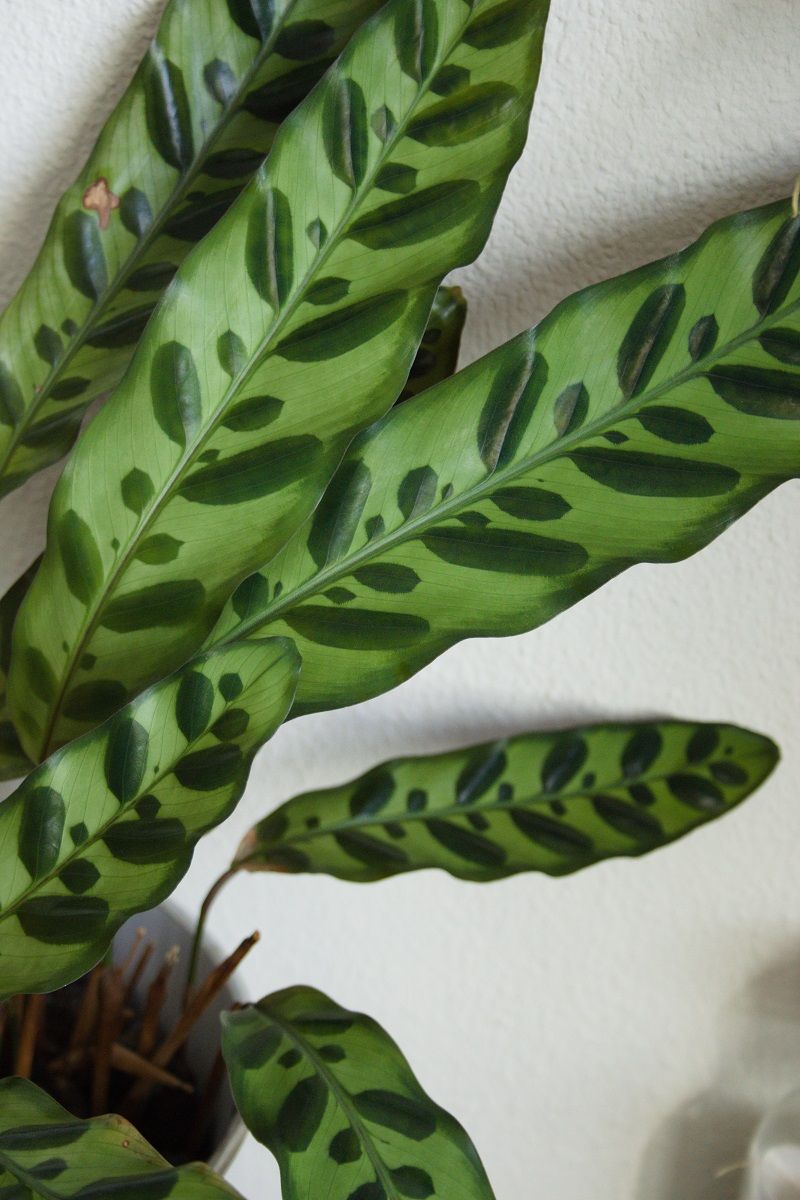
Genus name: Goeppertia
Most common plants: Pin-stripe calathea (Goeppertia ornata), peacock plant (Goeppertia makoyana), rattlesnake plant (Goeppertia insignis, see photo) & more
Care: A bit fussy. Keep lightly moist, indirect light.
10. Radiator plants

Genus name: Peperomia
Most common plants: Baby rubber plant (Peperomia obtusifolia), raindrop plant (Peperomia polybotrya), watermelon plant (Peperomia argyreia, see photo) & more
Care: Indirect light, keep lightly moist.
11. Maidenhair ferns
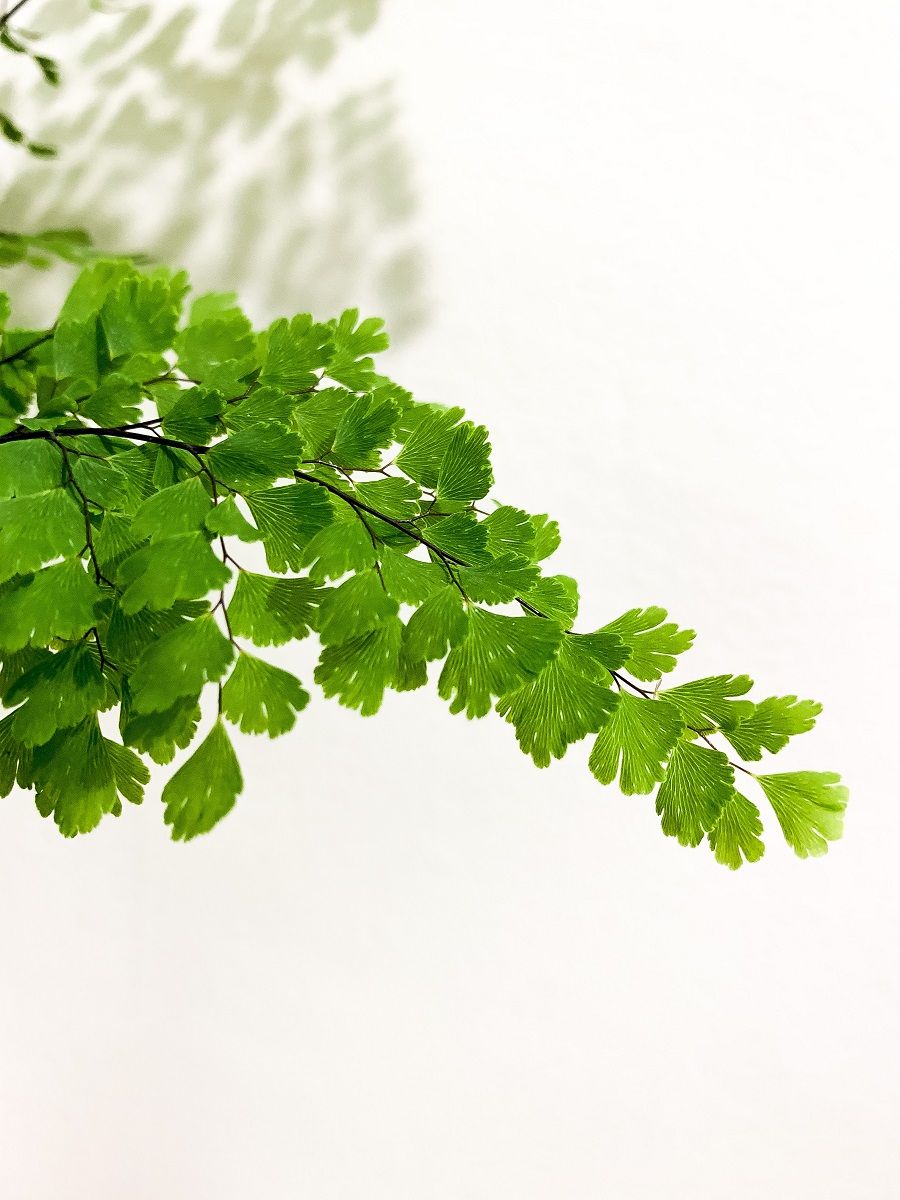
Genus name: Adiantum
Most common plants: Maidenhair fern (Adiantum sp.)
Care: A bit fussy. Indirect light, keep quite moist.
Did you know? There are loads of other safe ferns. You can also try the popular button fern (Pellaea rotundifolia) and the blue star fern (Phlebodium aureum).
12. Holiday cacti
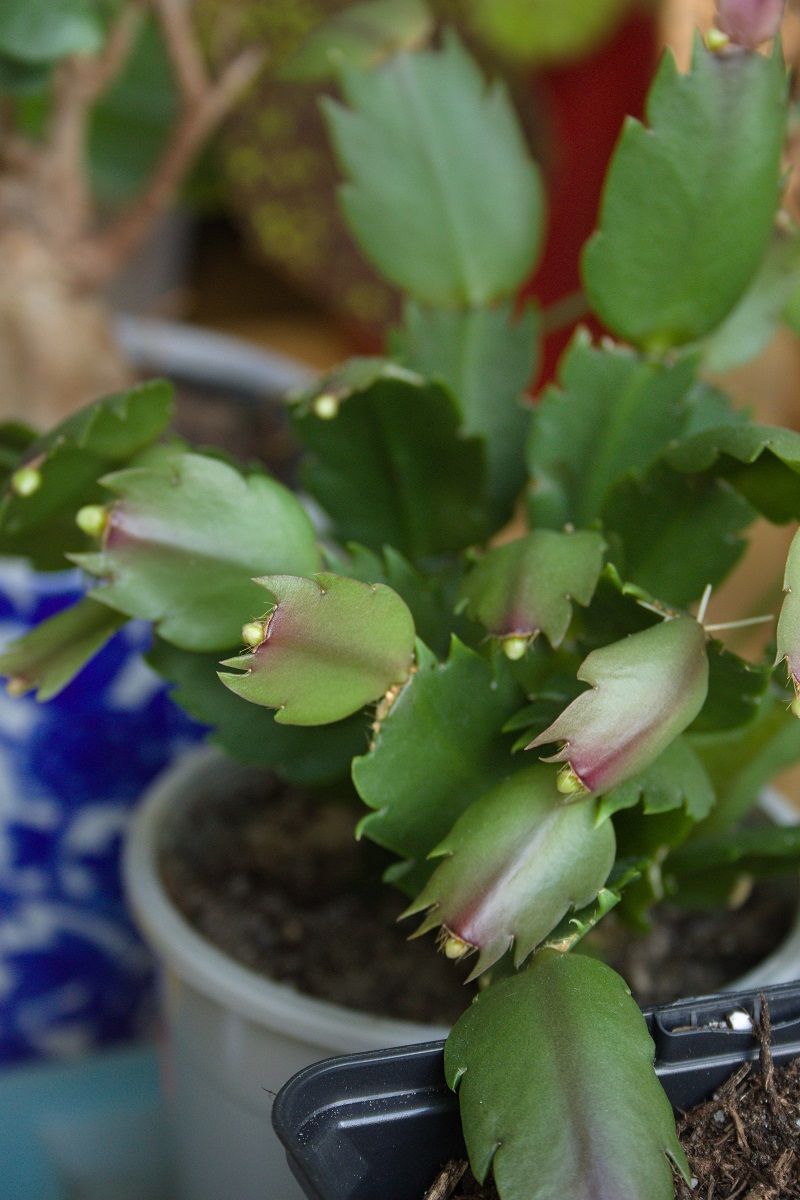
Genus name: Schlumbergera
Most common plants: Thanksgiving cactus (Schlumbergera truncata, see photo), Christmas cactus (Schlumbergera × buckleyi)
Care: Lots of indirect light, water when soil is half dry
Did you know? Holiday cacti are referred to as jungle cacti. There are other gorgeous similar species, like those of the genus Epiphyllum and Hylocereus (the dragon fruit plant) that are perfectly safe.
13. Ponytail palms
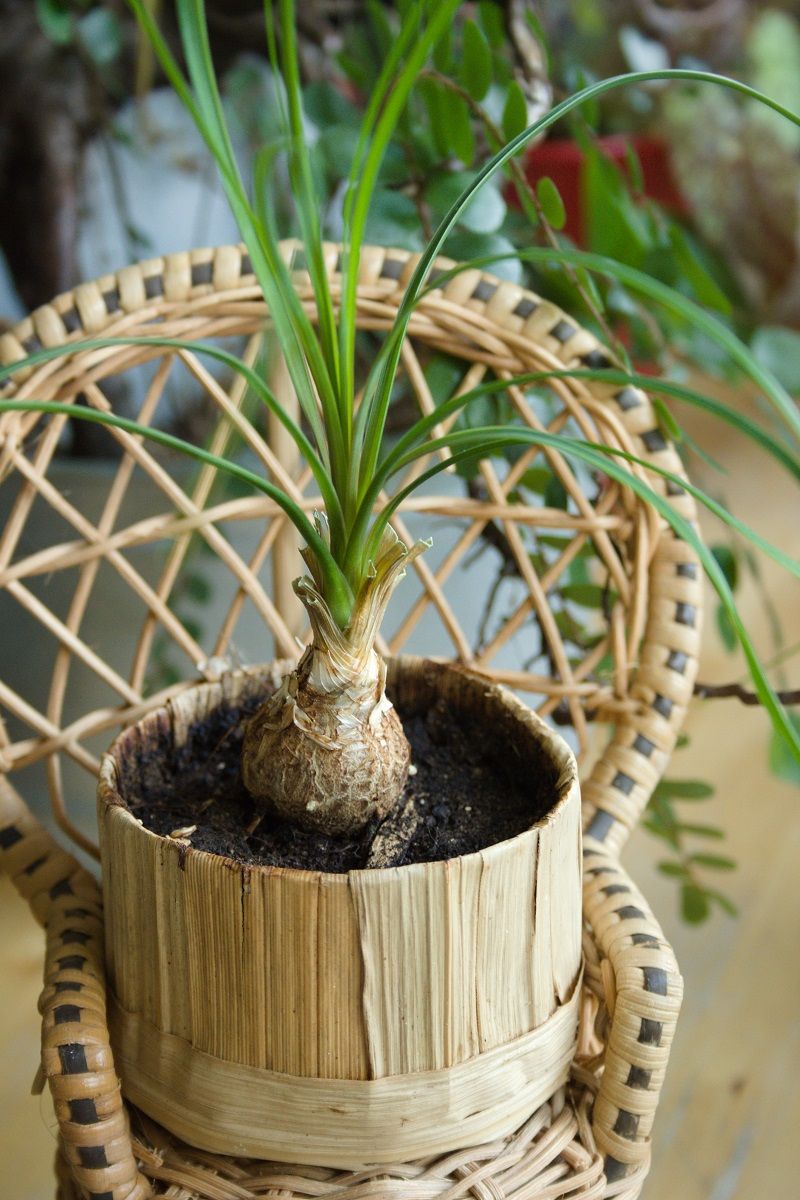
Genus name: Beaucarnea
Most common plants: Ponytail palm (Beaucarnea recurvata, see photo)
Care: Lots of sun, water when soil is dry
14. Banana trees
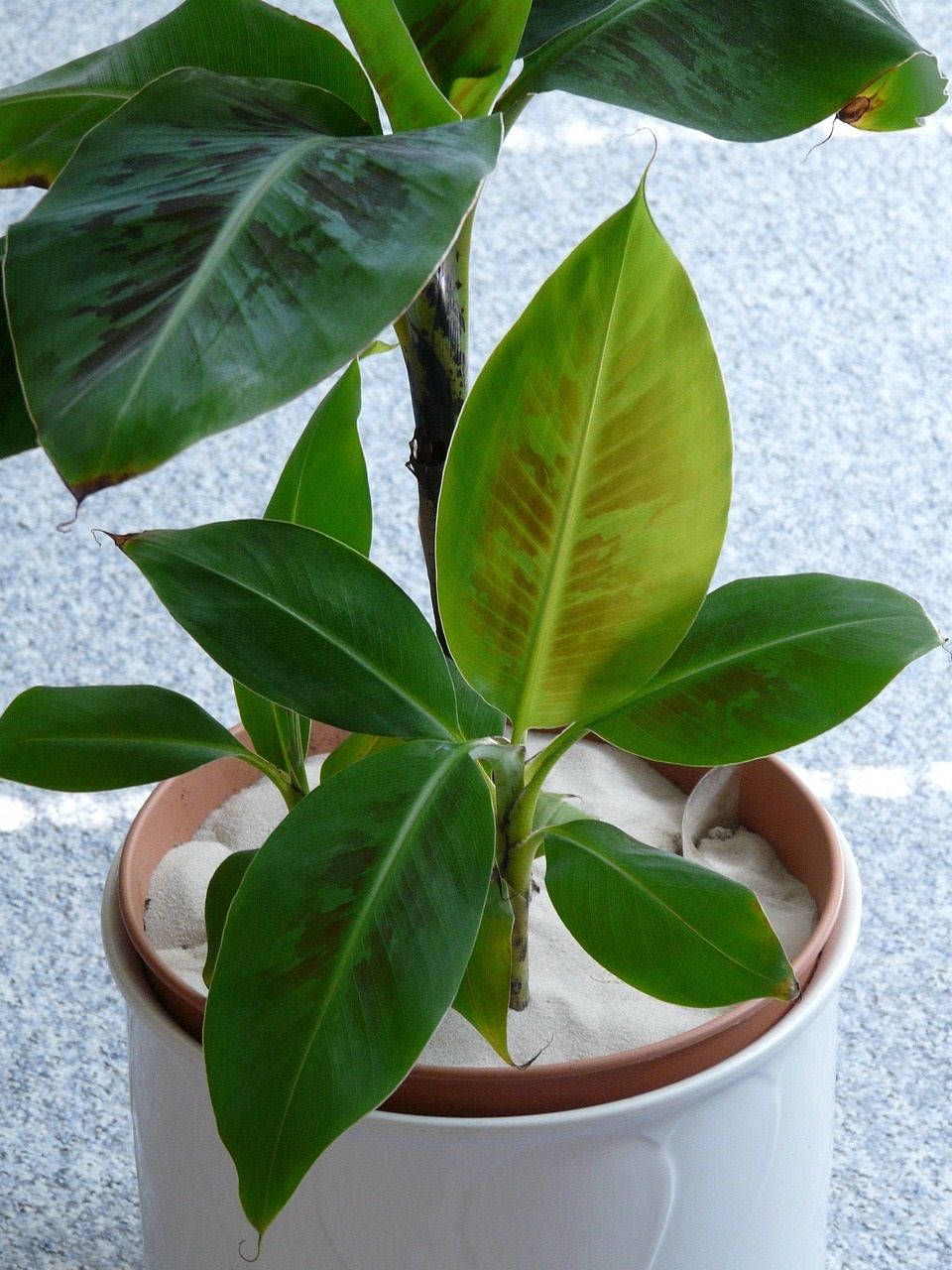
Genus name: Musa
Most common plants: Musa acuminata
Care: Lots of sun, keep lightly moist
15. Moth orchids
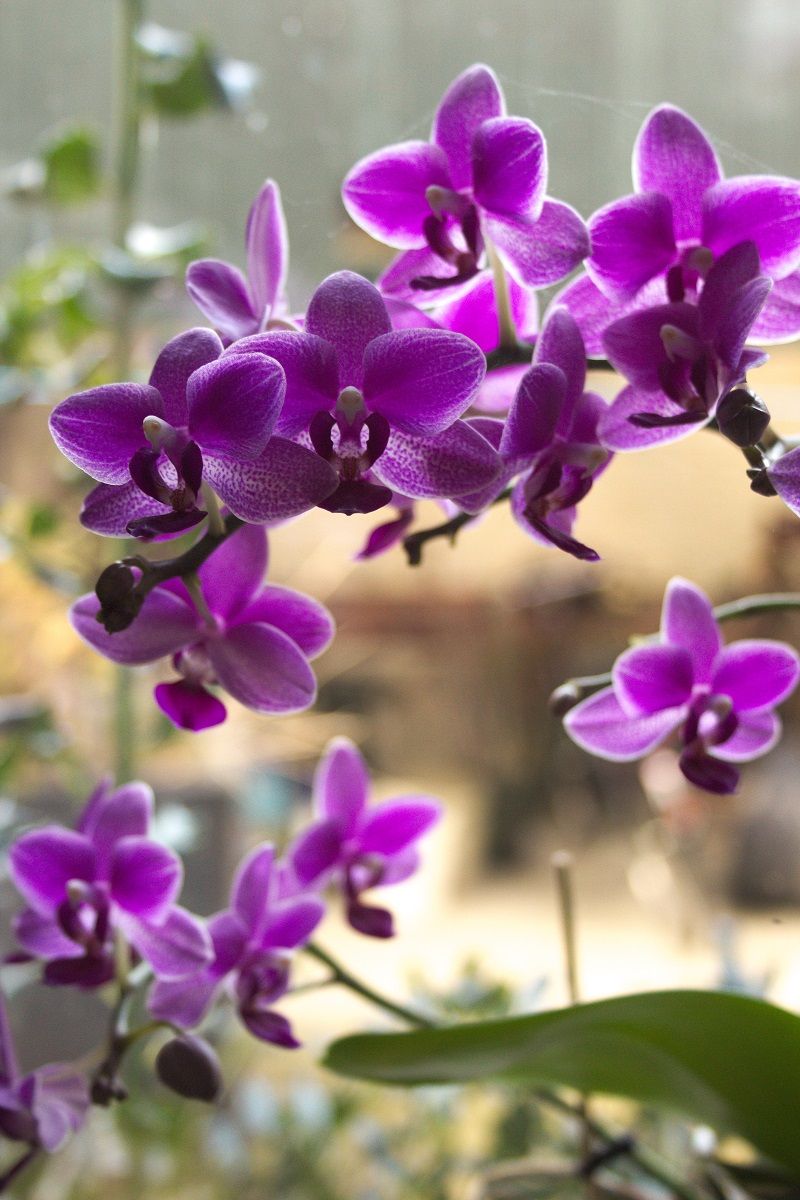
Genus name: Phalaenopsis
Most common plants: Moth orchid (Phalaenopsis sp.)
Care: Plant in orchid bark, soak regularly. Indirect light.
Did you know? Pretty much the entire orchid family, Orchidaceae, is safe. Try a nice Dendrobium or Cattleya if you don’t like moth orchids!
16. Pilea plants
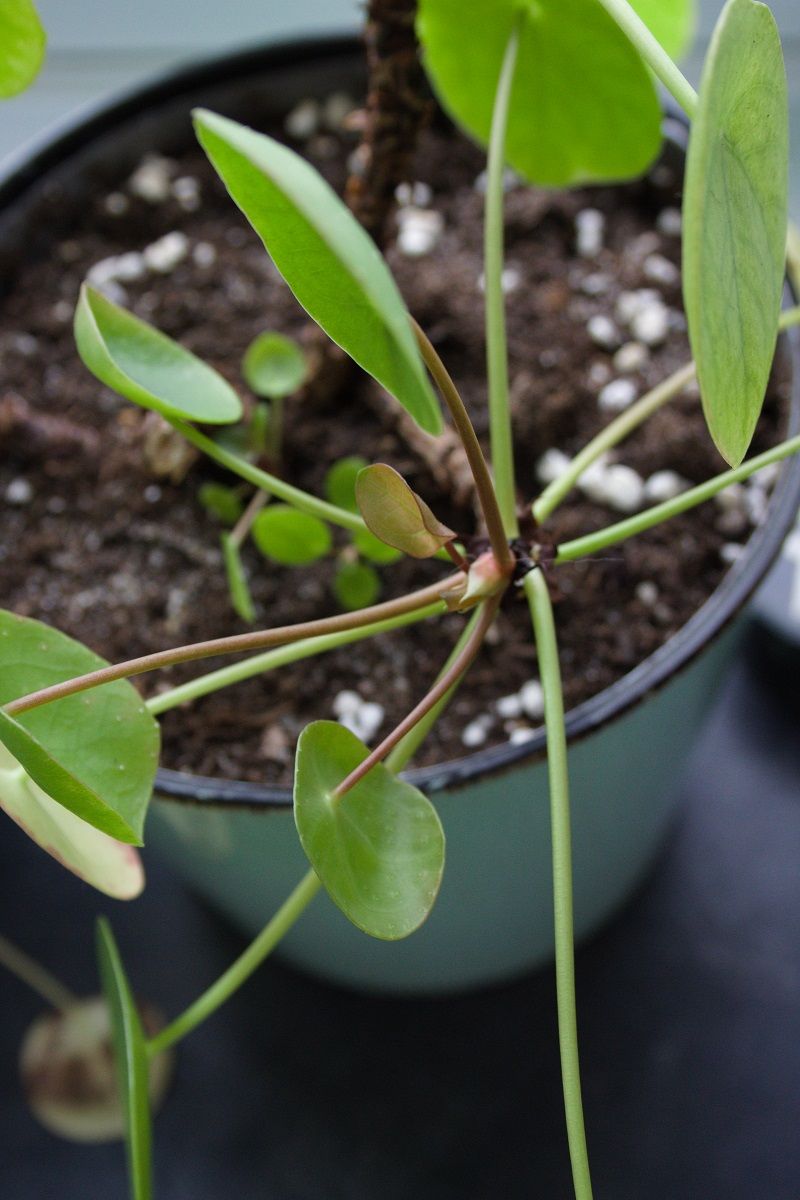
Genus name: Pilea
Most common plants: Chinese money plant (Pilea peperomioides)
Care: Indirect light, water when the soil is half dry
17. Cast iron plants
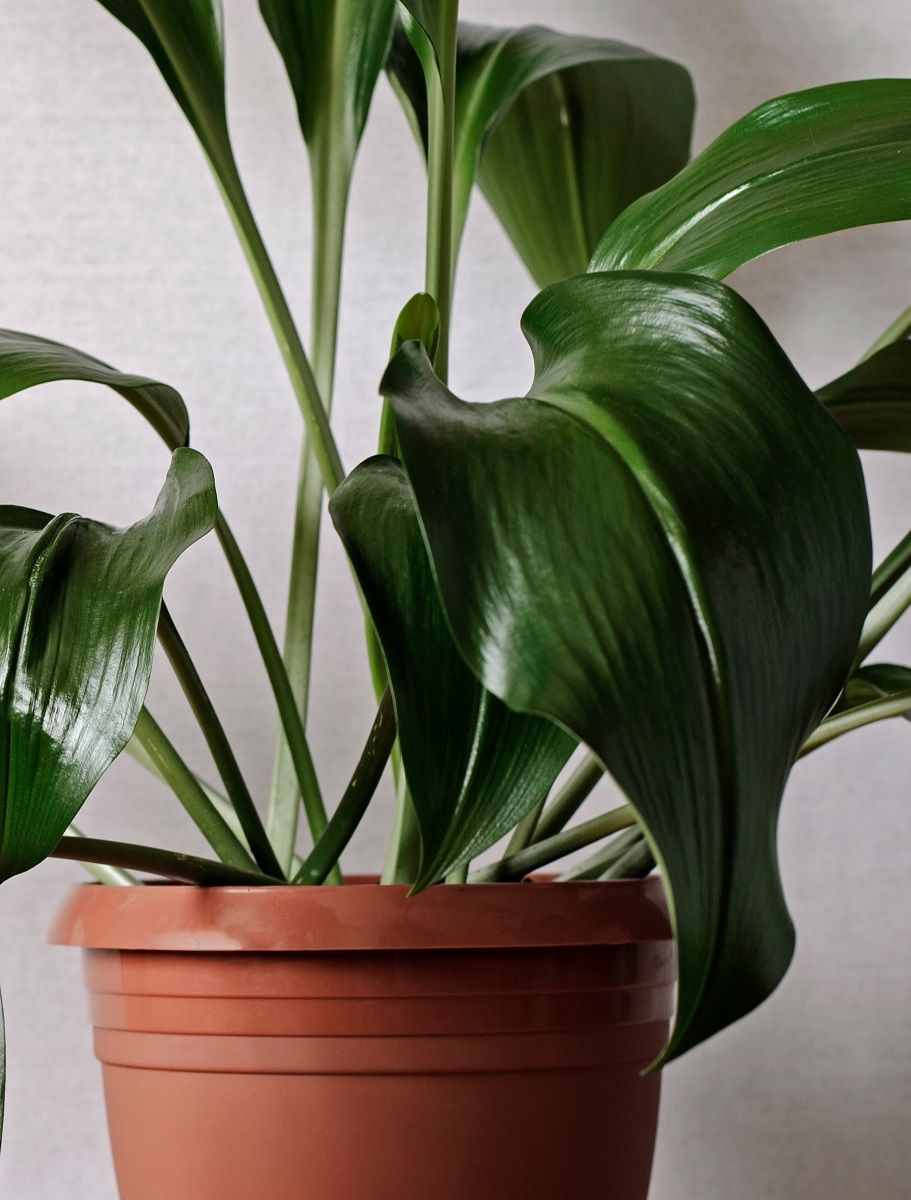
Genus name: Aspidistra
Most common plants: Cast iron plant (Aspidistra eliator)
Care: Quite sturdy. Offer indirect light, keep the soil lightly moist.
18. Haworthias
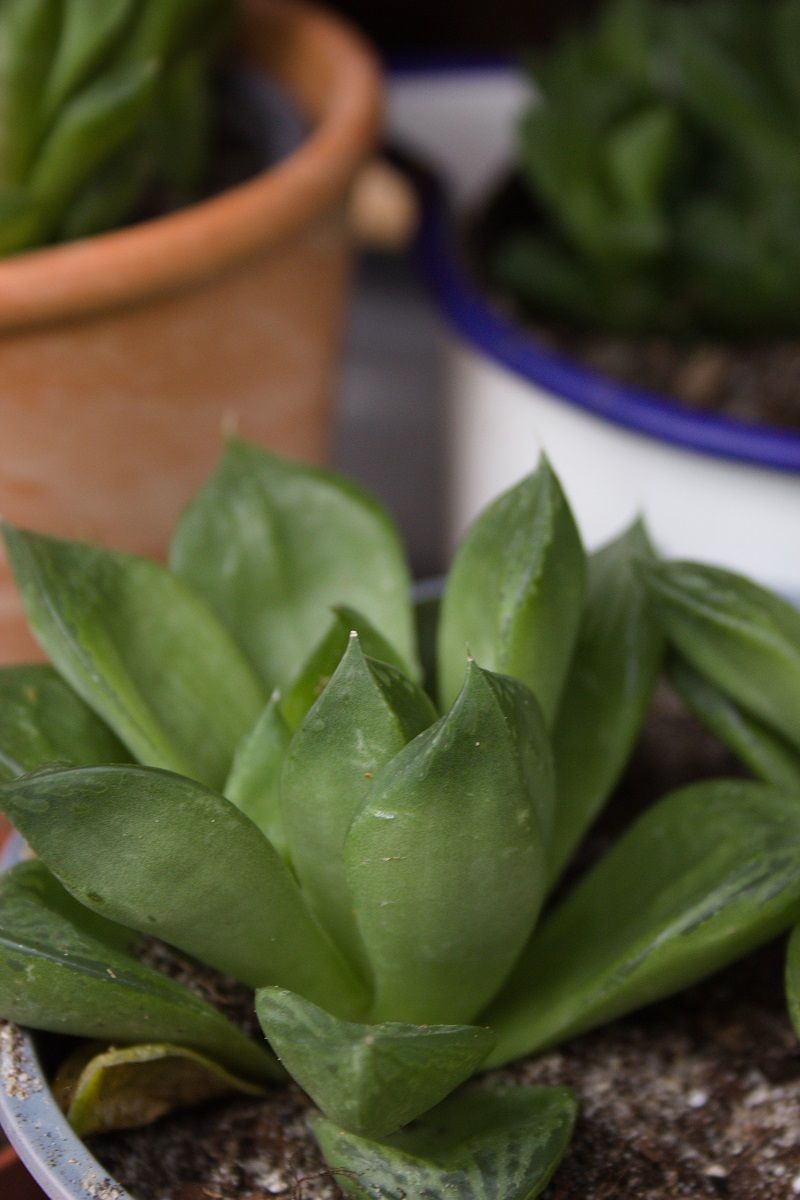
Genus name: Haworthia & Haworthiopsis
Most common plants: Zebra Haworthia (Haworthiopsis attenuate), star cactus (Haworthia retusa, see photo)
Care: Indirect light, water when soil is dry.
BONUS: All carnivorous plants
Can’t let you plant lovers leave without a juicy bonus! Yes, you read that right. Ironically, carnivorous plants are safe for your parrot.
These plants eat bugs, not birds—even the biggest species won’t typically catch more than small lizards. Whilst large carnivorous plants in the wild have occasionally been recorded accidentally catching smaller passerine birds (such as tits), parrots are simply too large to make a meal.
There are loads of species to choose from.
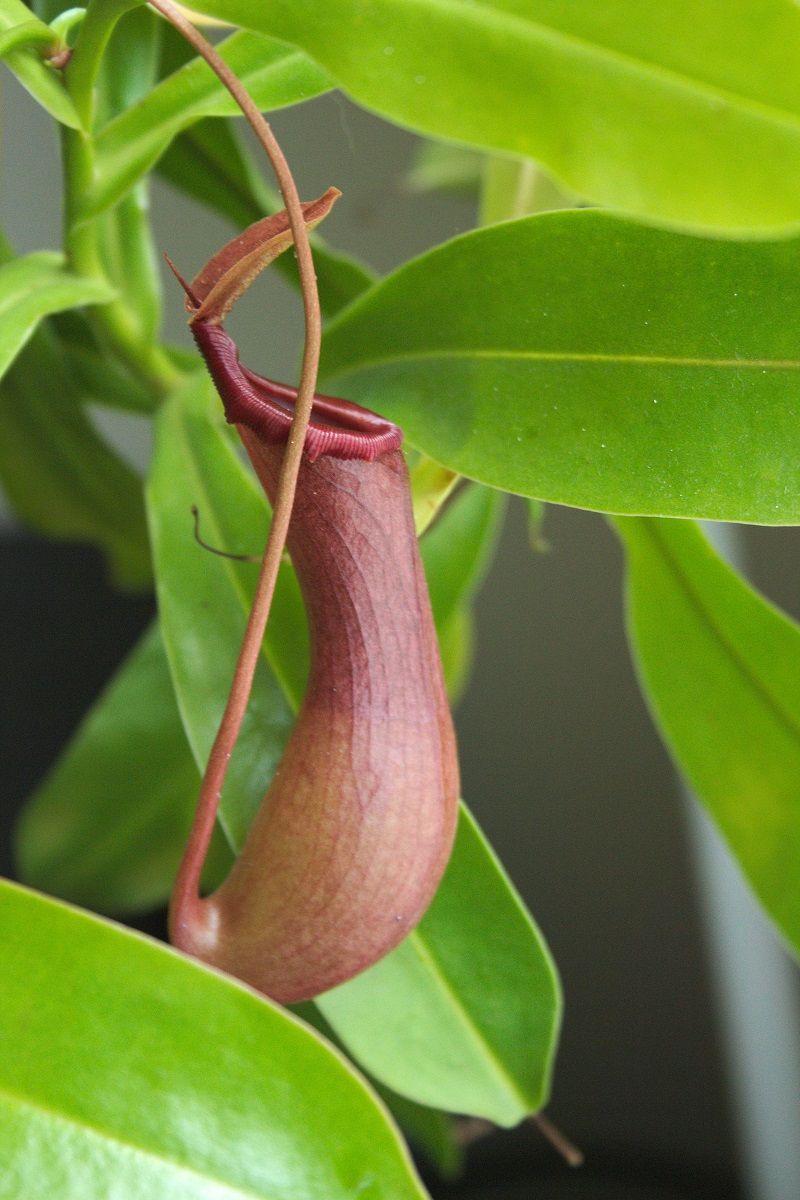
Genus name: Drosera, Dionaea, Nepenthes, Sarracenia, Pinguicula, Utricularia & more
Most common plants: Venus flytrap (Dionaea muscipula), Cape sundew (Drosera capensis), pitcher plant (Nepenthes sp., see photo)
Care: Special care requirements. Most need direct sun and lots of distilled water, never tap water.
Where can I buy parrot-safe houseplants?
Good question! Many of the plants discussed in this post will be available at your local plant store, garden center, or big box stores like Lowe’s. They’re all common species, so you won’t have trouble finding them.
You can also easily buy houseplants online, my personal favorite option because there tends to be more choice and it’s easier to browse. I particularly like buying houseplants on Etsy, where you can find a mind-boggling array for good prices. Give it a try!
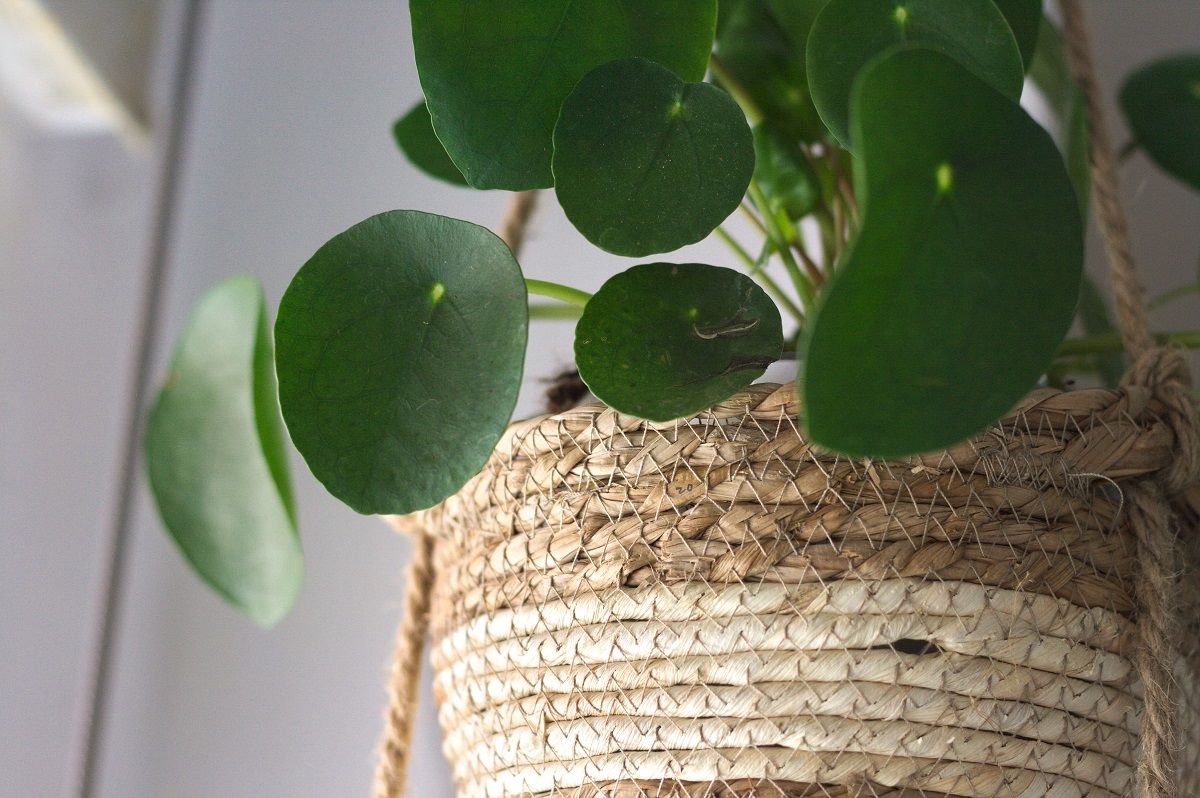
Frequently asked questions
Some things can help, like giving your parrot its own plants to chew up (like a basil plant) and making sure it has plenty of toys to play with.
But in the end, parrots are parrots. The only surefire way to keep them away is to either place the plant in a protective cage, or put it in a room your bird doesn’t have access to. Even bitter apple spray apparently doesn’t really work to deter our birds!
Yeah, mine too. Although my birds always leave my houseplants alone, one of my budgies was obsessed with the perlite soil amendment! It stopped when I moved around the calcium blocks and cuttlebones, and added a few more.
Your parrot should not be eating soil; it’s not safe. Cover the soil with pebbles and consider getting a blood panel done on your bird, as it may be lacking certain nutrients in its diet.
Of course, this isn’t an exhaustive list of parrot-safe houseplants. There’s more out there. But I think it’s safe to say that you’ve got plenty of popular plants to choose from!
If you have a question about a specific plant and whether it’s parrot-safe or not, feel free to leave a comment below. And be sure to share your own favorite bird-proof houseplants! I’ll start: mine are the carnivorous butterworts of the genus Pinguicula.
Sources
